Located in southwestern Africa, Namibia boasts a well-developed infrastructure, some of the best tourist facilities in Africa, and an impressive list of breathtaking natural wonders. Visitors can explore the capital of Windhoek and discover the lovely coastal town of Swakopmund boasting remnants of the country’s German influence, reflected in the architecture, culture, cuisine and the annual Oktoberfest celebrations. To properly appreciate this extraordinary country, you will have to venture out of the cities to explore the remarkable natural landscapes Namibia has to offer. These include: the impressive Fish River Canyon; the vast Etosha National Park teeming with abundant wildlife, such as lions, desert-adapted elephants and the Hartmann's Mountain Zebra; the hauntingly beautiful Kalahari Desert; and of course the Namib Desert stretching for over 2000 km along the magnificent Atlantic Coast. Namibia is an ideal destination for travellers seeking an unforgettable African experience in a uniquely beautiful untamed wilderness.
Situated in Central Namibia, the cosmopolitan city of Windhoek serves as the capital of the country. It is home to an international airport and a plethora of restaurants, shops, entertainment venues and accommodation options. The city is clean, safe and well-organised, with a colonial legacy that is reflected in its many German eateries and shops, and the widespread use of the German language. Windhoek has an interesting mix of historical architecture and modern buildings, many of which are worth a look, including the Alte Feste an old fort, the 1896 Christuskirche Christ Church, and the more contemporary Supreme Court.
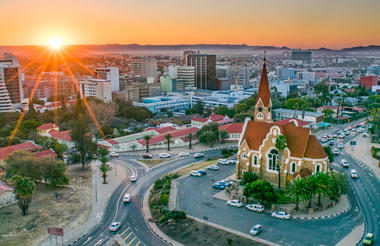
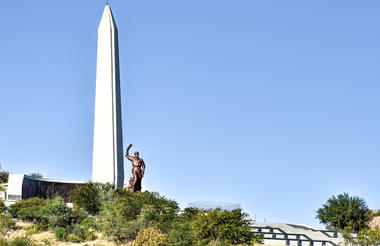
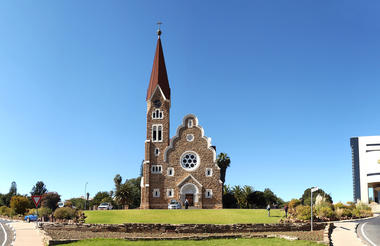
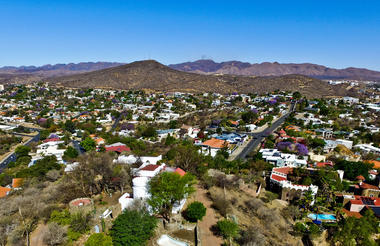
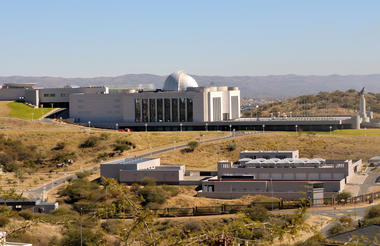
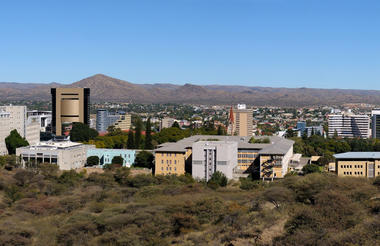
Set just outside the south-western border of Etosha National Park, Etosha Heights Private Reserve offers enthralling landscapes, a huge variety of flora and fauna, and a wide range of thrilling activities. Vast savannah, rivers, forests, Mopani woodland, salt pans and dolomite hills spread themselves over the 60,000-hectare area. Numerous safaris and game drives offer the chance to see kudu, lion and the elusive mountain zebra (in the hills) and sable, black-faced impala, giraffe, aardvark, elephant and many more (around the waterholes). Visitors can also take night drives and bush picnics. A double-storey photography hide allows close-up encounters with an incredible diversity of gorgeous birdlife and animal life. Fantastic luxury facilities are provided by the accommodation options.






Set along Namibia's spectacularly scenic coast, the seaside town of Swakopmund is known for its wide-open avenues, colonial architecture, and its surrounding otherworldly desert terrain. Founded in 1892 as the main harbour for German South-West Africa, Swakopmund is often described as being more German than Germany. Now a seaside resort town, Swakopmund is the capital of the Skeleton Coast tourism area and has plenty to keep visitors happy. The quirky mix of German and Namibian influences, adventure options, laid-back atmosphere and cool sea breeze make it a very popular Namibian destination. Visitors can look forward to a number of exciting activities including: quad biking, horse riding, paragliding, fishing, sightseeing and fascinating desert tours.
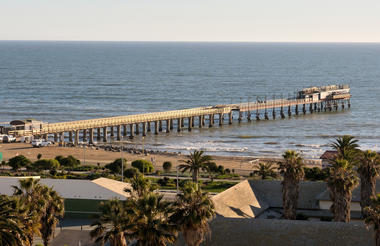
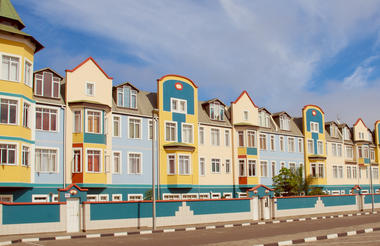
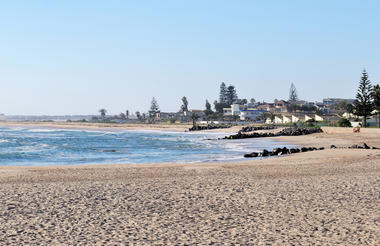
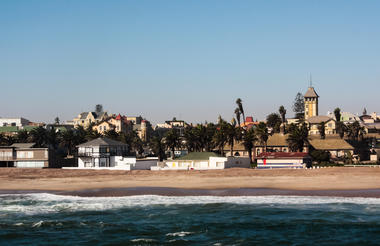
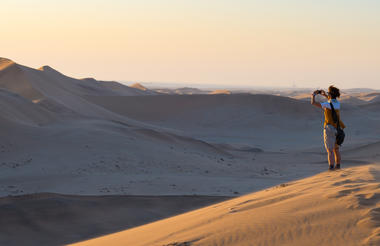
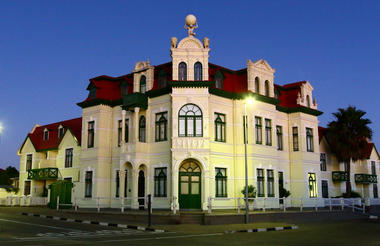
Spanning an area of 172,200 hectares and encompassing four distinct ecosystems, the NamibRand Reserve of southern Namibia is among the largest privately owned game parks in Southern Africa. Founded to conserve the unique environment and wildlife species of the Namib Desert, the park’s mix of dunes, mountains, rocky outcrops, sandy flats, and gravel plains provides habitats for a diversity of mammals, including hyenas, jackals, foxes, antelopes, and various wild cats. A plethora of bird species, reptiles, insects, and frogs also have their home here, alongside an array of plant species. Discover the mysterious ‘fairy circles’, unexplained bare patches in the sand, or enjoy a night of sublime stargazing - having been named Africa’s first International Dark Sky Reserve, it is one of the least light-polluted areas in the world.
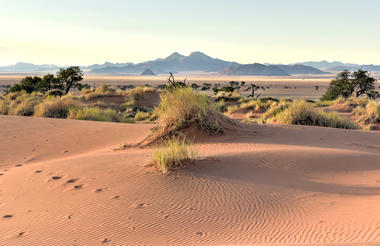
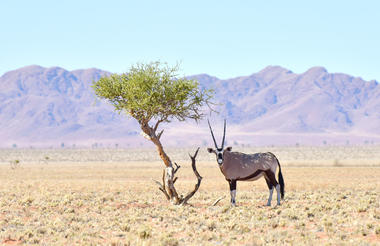
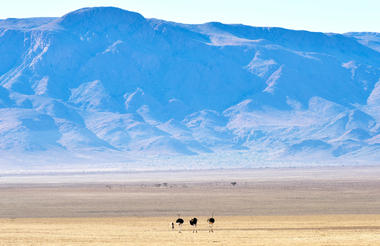



Zimbabwe is a landlocked country located in southern Africa. It is bordered by Zambia to the northwest, Mozambique to the northeast, South Africa to the south, and Botswana to the west and southwest. The capital and largest city of Zimbabwe is Harare.
Victoria Falls, one of the most famous natural attractions in Africa, is located on the Zambezi River, on the border between Zambia and Zimbabwe. The falls are known locally as Mosi-oa-Tunya, which means "The Smoke that Thunders." This UNESCO World Heritage Site is renowned for its breathtaking beauty and is considered one of the largest and most spectacular waterfalls in the world.
Key facts about Victoria Falls and its connection to Zimbabwe include:
Location: Victoria Falls is situated on the Zambezi River, forming the border between Zimbabwe to the south and Zambia to the north.
Size: The falls have a width of about 1,708 meters (5,604 feet) and a height of around 108 meters (354 feet), making them the largest curtain of falling water in the world.
Activities: Visitors to Victoria Falls can engage in various activities, including guided tours, wildlife viewing, and adventurous activities such as bungee jumping and white-water rafting. The surrounding area is rich in biodiversity, and the national parks on both the Zimbabwean and Zambian sides offer opportunities for safaris and wildlife encounters.
Victoria Falls Town: The town of Victoria Falls in Zimbabwe is a popular base for tourists exploring the falls. The town offers accommodation, restaurants, and various services catering to visitors.
Access: Victoria Falls can be accessed by air through the Victoria Falls International Airport in Zimbabwe. The falls are also accessible by road from various neighboring countries.
Tourism: The falls attract tourists from around the world, and the surrounding region is a hub for ecotourism and adventure tourism. The Victoria Falls Bridge, connecting Zimbabwe and Zambia, is a notable landmark and offers stunning views of the falls.
Zimbabwe and Victoria Falls, in particular, contribute significantly to the tourism industry in the region, providing economic benefits and showcasing the natural beauty of southern Africa.
Victoria Falls is one of the world’s most impressive waterfalls. It is set on the magnificent Zambezi River which creates the border between Zambia and Zimbabwe. These spectacular falls can be easily visited and viewed from the Zimbabwean side. Considered to be the world’s widest waterfalls, Victoria Falls measures an impressive 1708 metres in width. The small town of Victoria Falls, which lies adjacent to the waterfalls, serves as a great base from which to explore the many attractions this area of Zimbabwe has to offer. The surrounding area provides a wide range of adrenalin-filled activities for adventure lovers. Visitors can look forward to an array of wonderful activities including: scenic flights, micro lighting, white water rafting, bungee jumping, kayaking, and once-in-a-lifetime expeditions into the incredible Chobe National Park.

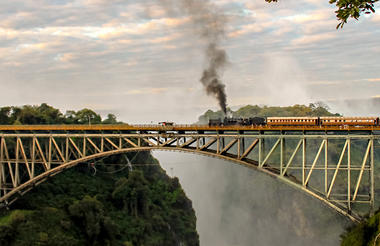
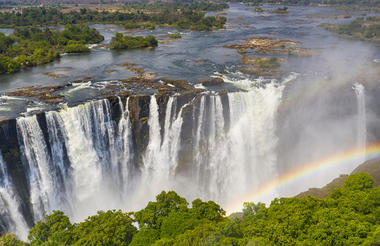
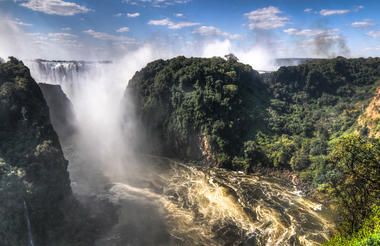
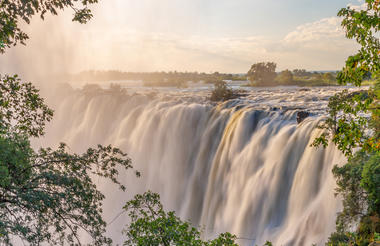
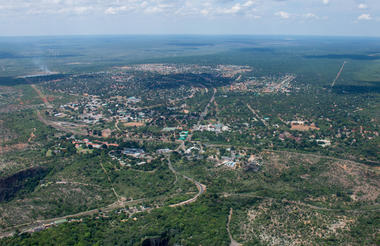
Situated in the southern reaches of Africa, Botswana is renowned for its pristine wilderness areas characterised by deep lagoons, wetlands, lush palms, rugged hills and desert plains. The country’s primary tourist drawcard is undoubtedly the vast red expanse of the Kalahari Desert and its remarkably beautiful Okavango Delta, the largest inland delta in the world. These natural wonders provide a tranquil haven for an abundance of African wildlife to thrive. Other highlights include the impressive Makgadikgadi Salt Pans, where visitors are privy to massive zebra migrations during the flood season; the Savuti plains, which host a significant pride of lions; and the Tsodilo Hills, where 4500 rock paintings form a unique record of human settlement over many millennia.
Tucked away in the northeastern corner of Botswana, on the banks of the famous Chobe River, the scenic little town of Kasane rests on the doorstep of the spectacular Chobe National Park. There are no boundary fences separating the village from the park and game such as elephant and hippo are often spotted roaming around the town. If on the lookout for elusive game, pay a visit to the Sedudu Valley Road, where large dead trees provide temporary homes for leopards. Within Kasane, an ancient baobab tree stands on display, once serving as a local prison. Visitors can look forward to a multitude of activities including: enjoying a game drive through the park, taking a sunset cruise down the Chobe River, visiting a local village or jumping on a day trip to the breathtaking Victoria Falls.
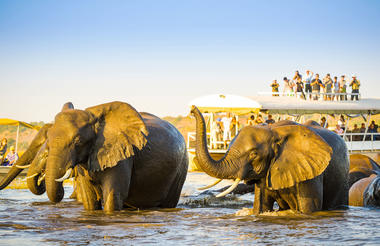
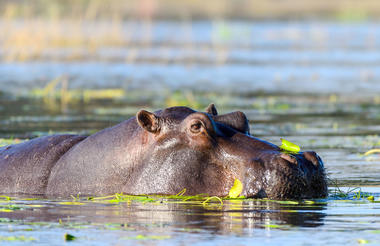
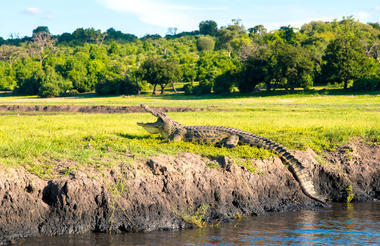
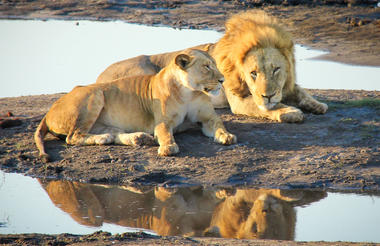
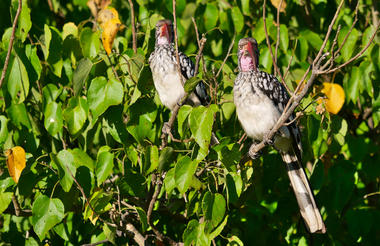

The Khwai area of the Okavango lies along the northern boundary of the Moremi Game Reserve. Khwai Community Area has unfenced boundaries allowing wildlife to move freely between the woodlands in the wet season when water is plentiful and back to permanent rivers and lagoons in the dry season. The Khwai area offers the same wildlife experience as the Moremi Game Reserve with the added advantage of being a private concession, which means the ability to do walking safaris and night drives. Don't miss the opportunity to soak up beautiful views of the scenic landscape and spot an array of wildlife.










